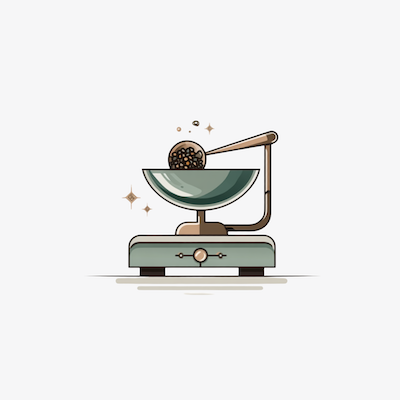


Ceylon Silver Tips - Rare White Tea
Sri Lankan Silver Tips is a white tea A rare and exceptional tea, made exclusively from young, unopened buds covered in fine silvery down. This tea is hand-picked, often in the...
Voir plus
€20,95
/
Tax included.
Shipping calculated at checkout.
 Ceylon Silver Tips - Rare White Tea
€20,95
/
Ceylon Silver Tips - Rare White Tea
€20,95
/

Ceylon Silver Tips - Rare White Tea
€20,95
/
What is Silver Tips White Tea?
How to use Silver Tips white tea?
The benefits of Silver Tips White Tea
Silver Tips

Temps d'infusion
3 à 5 minutes,

Temperature
85 °C,

Grammes par tasse (150ml)
2 grammes,

Intensité
2/5,

Théine
1/5
Also to discover
Describe your featured collection here










































 Belgium,
Belgium,  France,
France,  Luxembourg &
Luxembourg &  Netherlands
Netherlands Germany,
Germany,  Italy &
Italy &  Spain
Spain